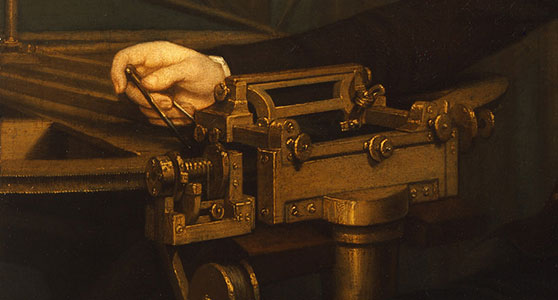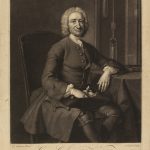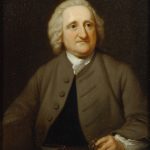Review: Perfect Mechanics: Instrument Makers at the Royal Society of London in the Eighteenth Century, by Richard Sorrenson
Review: Perfect Mechanics: Instrument Makers at the Royal Society of London in the Eighteenth Century
https://dx.doi.org/10.15180/140109/004This history of the Royal Society in the 18th century traces a narrative arc between two insults, related on its first and final pages, which have been preserved for us by the accidents of manuscript survival. In 1675, Robert Hooke confided to his diary that the celebrated clockmaker Thomas Tompion was a ‘Slug’; in a letter of 1791 the Oxford astronomer Thomas Hornsby referred to the celebrated instrument-maker Jesse Ramsden as ‘le Sieur Ramsden’[1]. The latter jibe, Sorrenson tells us, was both ‘mocking’ of Ramsden’s failure to observe the social deference expected of a tradesman, and ‘sinister’, because it alluded to the revolutionary politics of contemporary France. Between the two, the ‘mechanics’ of the book’s title, the majority of them instrument-makers, were – at least the most able of them – respected and valued as contributing, even exemplary, representatives of the mission of the Society. In Sorrenson’s account, this respect was quickly established and rapidly lost: it extended from Tompion’s business partner George Graham (see Figure 1) to the younger Ramsden himself, before he irritated everyone with his insubordination.
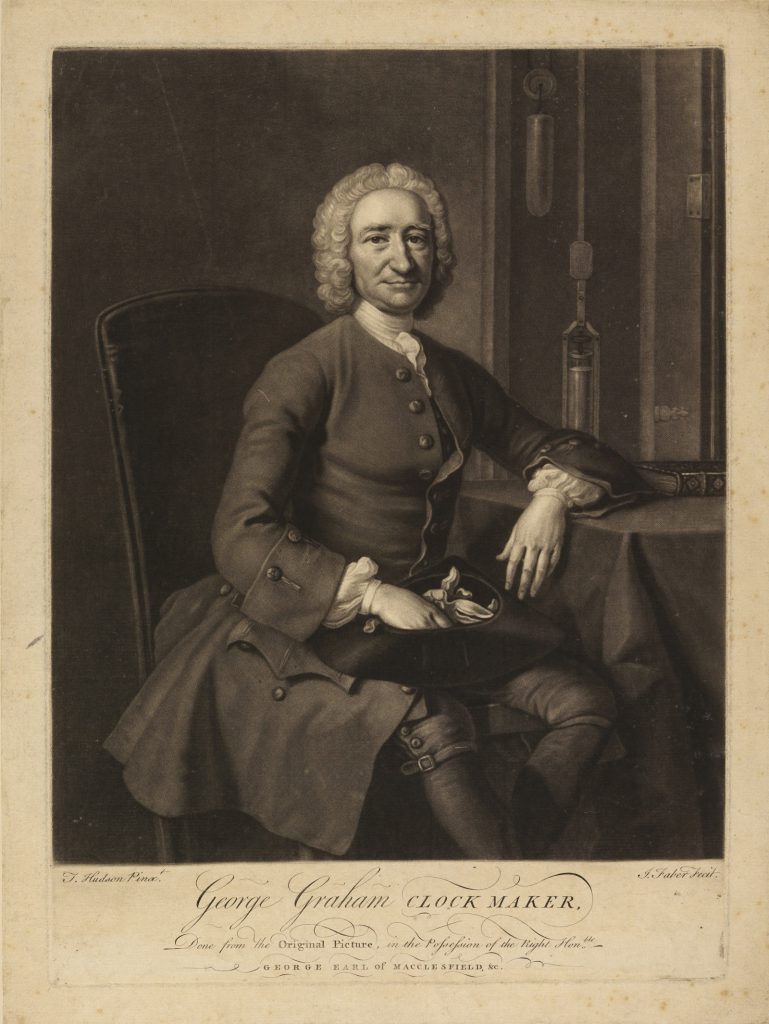
Graham and the younger Ramsden provide Sorrenson with the most effusive expressions of the Society’s respect. These makers and others who fall between them were, he argues, exemplary Fellows, because their work exhibited the qualities most valued by the Society: the virtues of action over speculation, of fact over theory, and in general of measurement, accuracy and precision, enabled by the improvement of instruments. The existence of tensions is acknowledged: that between the naturalists and the practical mathematicians (Sorrenson finds little place in the Society for pure mathematics) came to a head under Joseph Banks as President and, while the naturalists were predominant, Sorrenson holds that the mechanics were too valuable for the Society to lose them without reputational damage, not least to its international reputation. Sorrenson’s analyses of the social standing of the Fellows and of the subjects included in the Philosophical Transactions across the century are particularly valuable in this context. He concludes that the Society’s factions were based on disciplinary divisions rather than social ones, even though the boundaries resulting from either demarcation would be similar, since the instrument-makers were tradesmen.
The central chapters contain valuable accounts of selected mathematical projects or episodes, such as the discovery of stellar aberration, measuring degrees of latitude in different places to determine the shape of the Earth, and the exploratory and hydrographic work of James Cook. In the same way, important instrument innovations are selected, such as Ramsden’s dividing engine and John Ellicott’s compensation pendulum leading to John Smeaton’s pyrometer. Taken with the analysis of the position of the mechanics in the Royal Society, the core of the book is a valuable work of synthesis, drawing together and augmenting what is known into a coherent account.
The tone and focus change for the penultimate chapter, headed ‘Credit and Discredit’. We have already been told of the introduction of the achromatic object lens for telescopes as one of the exemplary mathematical projects, carried through by John Dollond (see Figure 2). Now we have a more spirited account of the argument between his son Peter and the other optical instrument-makers of London, and particularly between Peter Dollond and his brother-in-law Ramsden, over the disputed claims to the invention, as distinct from the manufacturing application and the commercial exploitation, of the achromatic lens.
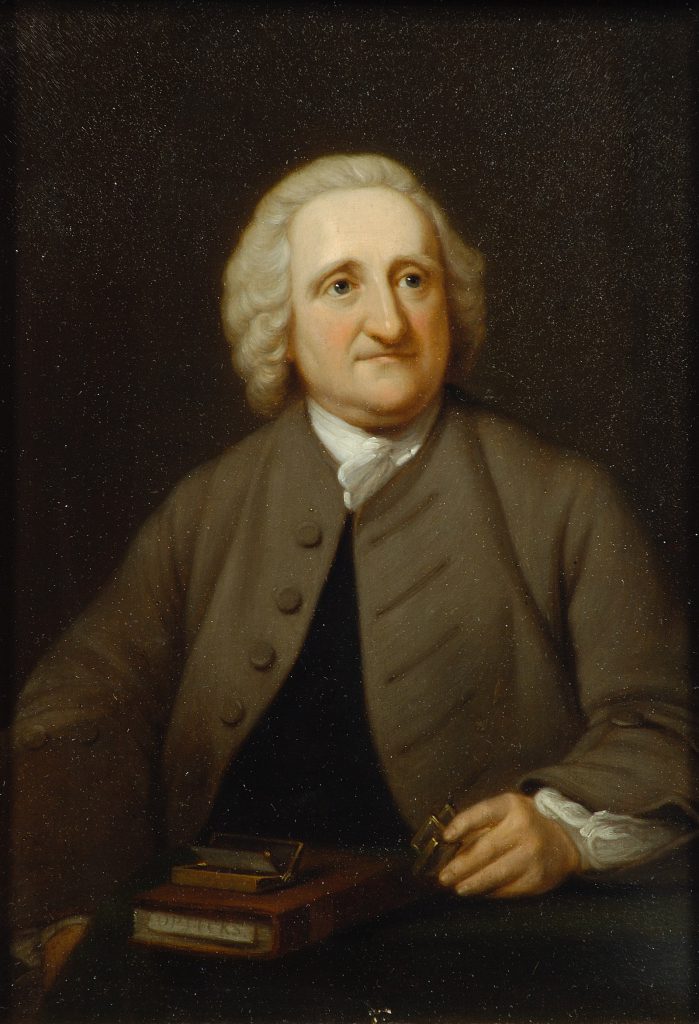
Sorrenson has no qualms about taking sides and he enlists for Dollond. While Peter Dollond won all his legal battles, Sorrenson holds that his father’s reputation among historians has been blighted ever since by their acceptance of the other makers’ promotion of Chester Moor Hall as the true inventor, made possible by the Royal Society’s failure to defend John Dollond’s position, itself a symptom of a decline in the Society’s esteem of mechanics and their achievements. This account needs to deal somehow with Ramsden’s late espousal of the case for Hall, which Sorrenson explains as an attempt to appear to the Fellows, and to Banks in particular, as concerned for science above commerce.
While the issue is certainly worth discussion, Sorrenson has had to be accommodating regarding certain aspects of the record. For example, it is difficult to continue to maintain that Chester Moor Hall is a ‘semi-legendary’ figure (Sorrenson’s quotation from a study of 1939), who had to be ‘dragged from his rural home’ to take part in the episode. In fact we know that Hall had taken the initiative of visiting John Dollond, when he had heard of his work on achromatic lenses and long before there was any priority dispute, and that Peter had afterwards discussed their conversation with his father. It is worth remembering that the legal challenges to Dollond’s patent resulted in its being upheld not because the claims on behalf of Hall’s invention were dismissed but because Dollond had taken the trouble of bringing the invention to a useful outcome. Sorrenson cites the more recent authority Rolf Willach’s remark that we know little about Hall, but it is only fair to remember Willach’s conclusion of 1996 that ‘the opinion, still expressed sometimes today, that Chester Moor Hall was only a bel-esprit and eccentric mystery-monger … can now no longer be upheld’ (Willach, 1996, p 202).
The final chapter or ‘Epilogue’ is nearly all about Ramsden (see Figure 3), who is taken to represent the decline of the Royal Society’s notable esteem of outstanding mechanics. Edward Troughton is not discussed but, although his reputation among historians today does not equal that of Ramsden, he carried as much respect and wielded at least as much influence in his slightly later heyday as Ramsden had in his. In 1810, Troughton’s installation of a mural circle (instead of a transit circle) at the Royal Observatory would have a profound, and unfortunate, influence on the international position of English instrument-making and the practice of astronomical measurement in Britain and its empire.

Privately recorded insults can be misleading. Notwithstanding the occasional tiff, Hooke rubbed along pretty well with Tompion and acknowledged him generously in print. As for ‘the Sieur Ramsden’, this was little more than a joke Hornsby shared with the Duke of Marlborough, when writing of Ramsden, who seemed to assume the privileges of a social standing which, as a tradesman, he could not command. The joke was the more telling because Hornsby was writing to his noble friend. Though infuriated and frustrated by Ramsden’s dilatoriness over work he urgently required, Hornsby, generally a good-natured soul, usually maintained an underlying affectionate regard for ‘that intolerable Villain that lives near St James’s Church’ (i.e. in Piccadilly)[2] and when Ramsden was ill in 1795, Hornsby’s tone was quite different: ‘I hope the return of his Complaint may be trifling: & that a proper Regimen may continue & keep in good Health so valuable a man for the benefit of Science.’[3]
Hornsby relished telling the Duke of Ramsden’s eccentric and absent-minded behaviour. On a trip from London to Blenheim and Oxford, various items of clothing and instrumentation were forgotten. He had come from London on horseback without a ‘surtout’ (an overcoat), his only clean shirt had been left at Blenheim and he had forgotten an instrument component for the Duke and the adjusting screws for the new meridian mark he was bringing for Hornsby: ‘I told him that I wondered he had not left his Head behind. He went away on Tuesday about 12 o’Clock. Pope [one of Ramsden’s workmen] having his Coat for him. & he walked to New Coll. &c. in one of mine.’[4] It is hard to read Ramsden’s casual attitude towards social and commercial conventions as profoundly subversive, or the many jibes, including those from Hornsby, levelled at his dilatoriness as ‘sinister’.
Even if the epoch of the Royal Society’s esteem for the mechanic is not so neatly bounded as he claims, Sorrenson is surely right to say that it declined under the influence of the Industrial, if not the French, Revolution, and he has given us a valuable account of its profile and substance through the 18th century.

